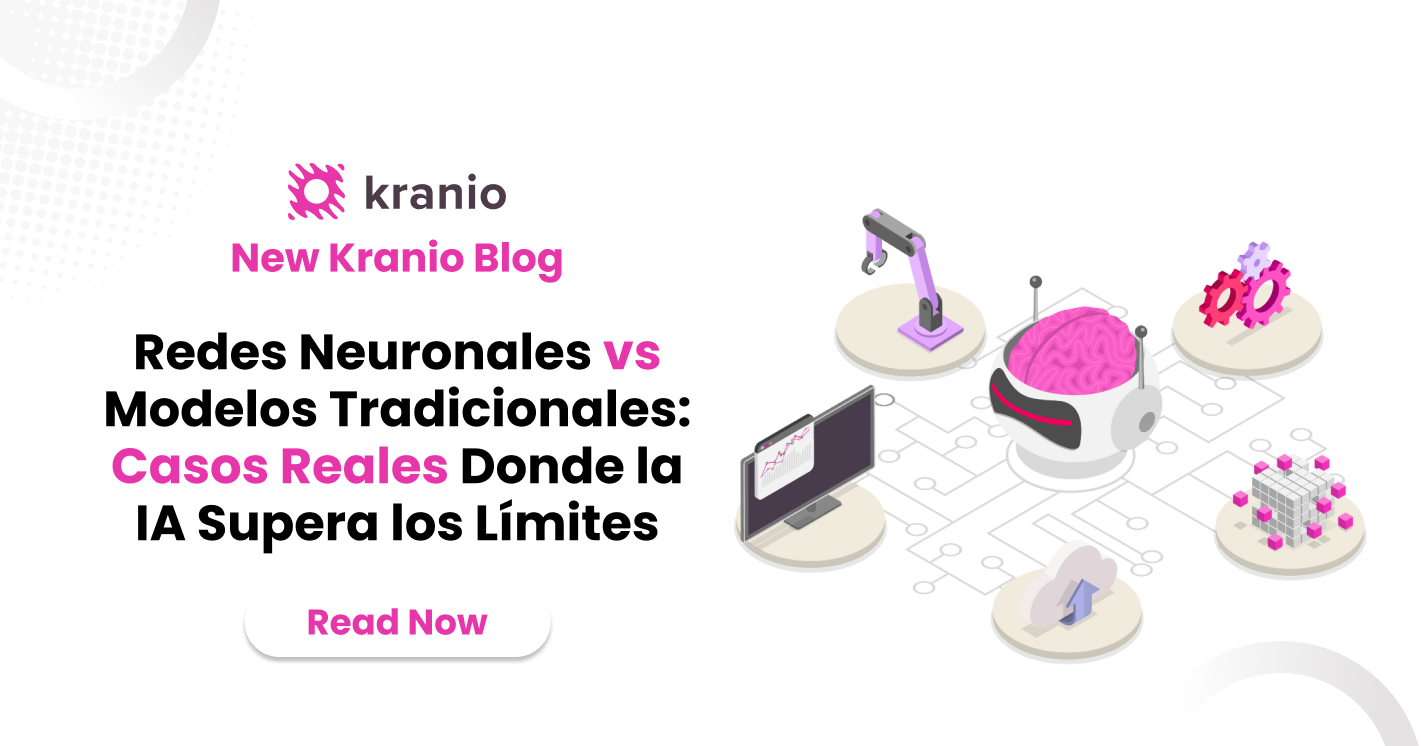Financial fraud is a problem affecting millions of people and businesses around the world. 🌍💳🔍 Whether it's through unauthorized transactions, money laundering or identity theft, the impact can be devastating. Fortunately, tools like SAS can help us effectively detect and prevent these activities. 🚀🔒📊
This blog will show you how SAS can be your best ally to combat financial fraud, all explained in a simple way for everyone.
What is financial fraud?
Financial fraud occurs when someone illegally attempts to obtain economic benefits. Some common examples are:
- Identity Theft: Use someone's personal information to access their bank accounts.
- Card fraud: Unauthorized credit or debit card transactions.
- Money Laundering: Disguise illegally obtained money to make it appear legal.
Because of the sophistication of modern frauds, advanced technologies are needed to identify suspicious activity. 🕵️ ♂️📈⚠️
%25208.48.08%25E2%2580%25AFa.m..png)
Impact of fraud on the end customer
Financial fraud not only affects companies, but it also has a significant impact on the end customer. Here are some of the most common effects:
- Blocking accounts: Financial institutions can block accounts suspected of fraud, leaving customers without temporary access to their funds.
- Loss of trust: Customers who experience fraud may lose trust in financial institutions and seek safer alternatives.
- Credit Damages: Fraudulent activities, such as identity theft, can affect people's credit ratings, making it difficult for them to access future loans.
SAS helps mitigate these problems by ensuring that institutions can identify and prevent fraud before it directly affects the customer, thus improving the user experience and strengthening the relationship between the company and its customers. 🌟🤝🔒
Trends in financial fraud
Financial fraud methods are constantly evolving, taking advantage of new technologies and breaches in digital security. Some of the current trends include: 🌟
- Advanced Cyber Fraud: Use of malware and phishing to access bank accounts and credit cards.
- Cryptocurrency fraud: Suspicious transactions on cryptocurrency exchange platforms and money laundering through digital assets.
- Social Engineering: Manipulation of employees or customers to gain access to sensitive data
SAS enables organizations to keep up with these trends through predictive analysis and machine learning tools that evolve with fraud patterns. 💻🔐📈
Benefits of the preventive approach
Adopting a preventive rather than a reactive approach brings multiple advantages:
- Cost savings: Detecting fraud before it occurs prevents significant financial losses.
- Better customer experience: Preventive processes reduce interruptions to normal operations, such as the unjustified blocking of accounts.
- Regulatory Compliance: Proactive prevention ensures that organizations comply with local and international regulations.
SAS facilitates this approach by providing automated and customizable tools that identify and mitigate risks before they impact. ✅📈🚀
Why choose SAS?
SAS is not only powerful, but also flexible and easy to use. Even if you're not a technology expert, SAS offers intuitive graphical interfaces and learning resources to get started quickly. In addition, it is backed by decades of experience in data analysis. 📚🛠️🏆
%25208.48.40%25E2%2580%25AFa.m..png)
How does SAS help combat financial fraud?
SAS is a data analysis platform used in many industries to solve complex problems, including financial fraud. 📊🤖🛡️ Here are some ways in which SAS makes a difference:
- Analyze large volumes of data: SAS can process information from a variety of sources, such as banking transactions, internal records, and social networks.
- Detect suspicious patterns: Identify abnormal behavior, such as purchases from unusual places or amounts that don't match the customer's history.
- Create predictive models: It uses advanced algorithms to predict fraudulent activities before they occur.
- Act in Real Time: With tools such as SAS Fraud Management, organizations can receive automatic alerts about potential fraud the moment it happens.
ROI (Return on Investment) of implementing SAS
Investing in SAS for financial fraud prevention may seem like a significant initial expense, but the long-term benefits make it a sound strategic decision: 🎯
- Reduction of financial losses: SAS helps detect fraud before it occurs, minimizing the economic impact of fraudulent activities.
- Optimization of human resources: Automated tools allow fraud teams to focus on complex cases, increasing productivity.
- Regulatory Compliance: SAS ensures that organizations comply with local and international regulations, avoiding costly purposes.
- Improving corporate reputation: Companies that effectively prevent fraud build trust among their customers, which can translate into greater retention and loyalty.
An ROI analysis can include specific case studies or simulations to show how SAS has enabled other organizations to recover investments quickly. 💼💡📊
%25208.49.14%25E2%2580%25AFa.m..png)
SAS applications to prevent financial fraud
SAS Fraud Management
This application is specifically designed to detect and prevent fraud in real time. For example, by monitoring banking transactions, SAS Fraud Management can identify suspicious patterns and issue automatic alerts for immediate action. 🌐⚡🔒
SAS Visual Analytics
With SAS Visual Analytics, organizations can visualize and analyze large amounts of data related to financial activities. Its intuitive interface allows analysts to explore patterns and trends that could indicate fraud. For example, it helps identify groups of transactions linked to the same fraudulent origin. 📊🖥️✨
SAS Anti-Money Laundering
SAS Anti-Money Laundering is designed to combat money laundering. With this tool, financial institutions can track suspicious money flows, identify high-risk customers, and comply with global regulations. For example, it can be used to monitor international transfers and detect complex networks of illegal transactions. 💵🚨🌍
Comparing SAS to other market options
In the fight against financial fraud, SAS competes with a variety of tools and platforms. Here's a comparison between SAS and other popular options:
%25208.49.50%25E2%2580%25AFa.m..png)
SAS vs. Open source tools (such as Python or R)
- Benefits of SAS:Some text
- Pre-configured solutions for financial fraud, reducing implementation time.
- Intuitive interfaces that don't require advanced programming skills.
- Strict compliance with global regulatory regulations.
- Open Source Challenges:Some text
- It requires highly trained personnel.
- Less formal technical support.
SAS vs. Business Intelligence platforms (such as Power BI or Tableau)
- Benefits of SAS:Some text
- Advanced predictive modeling and machine learning capabilities.
- Robust integration with large volumes of transactional data.
- Limitations of traditional BI:Some text
- Primarily focused on visualization, with limited predictive capabilities.
SAS vs. ERP systems (such as SAP or Oracle)
- Benefits of SAS:Some text
- Designed specifically for fraud analysis and prevention.
- Greater flexibility in creating customized analytical models.
- ERP Challenges:Some text
- More focused on business management than on the detection of anomalous patterns.
With these comparisons, it is clear that SAS stands out as a comprehensive and specialized tool for the prevention of financial fraud.
Steps to Handle Financial Fraud with SAS
Case Study: Preventing Insurance Fraud
Imagine that you work for an insurance company that wants to reduce fraudulent claims. With SAS you could:
- Analyze previous claims: Identify patterns in fraudulent claims, such as similarities in attached documents.
- Automate validation: Use machine learning models to score each claim based on its likelihood of being fraudulent.
- Make quick decisions: Set up alerts for inspectors to investigate cases with high scores before paying the claim.
Here's a simple way to use SAS to combat fraud:
1. Gather the information
First, you need to gather relevant data, such as:
- Transaction history.
- Personal customer information.
- Records of previous suspicious activity.
SAS allows you to integrate all of this information on a single platform. 🔗📁💡
2. Clear the data
Before analyzing the data, it's important that it's organized and error-free. For example:
- Eliminate duplicates.
- Fill in the empty spaces in the data.
- Make sure that all values are consistent.
SAS has tools that make this task much easier. 🧹⚙️👌
3. Search for suspicious patterns
With the data ready, you can search for unusual activities. For example:
- Transactions at unusual times.
- Purchases from distant geographical locations in a short time.
SAS identifies these anomalies using algorithms and statistical analysis. 📉🔍✨
4. Predict future frauds
Predictive models help to anticipate potential fraud. For example:
- An algorithm can analyze past patterns to predict if a current transaction is suspicious.
- SAS uses advanced tools such as decision trees and neural networks to do this.
5. Automate alerts
Finally, you can configure SAS to automatically notify you of suspicious activity. 🔔⏱️🔒 So you can react quickly and prevent further damage.
%25208.50.22%25E2%2580%25AFa.m..png)
Case Study: Detecting Credit Card Fraud
Imagine that you work for a bank and want to reduce credit card fraud. With SAS, you could take multiple strategic actions, including:
- Analyze historical data: SAS can review millions of past transactions to identify patterns of fraud. For example, you might detect purchases made in different countries in an unusually short amount of time. It also allows you to identify seasonal trends, such as an increase in fraud during holiday periods.
- Establish dynamic rules: Set up alerts that combine multiple variables, such as geographic location, amount of the transaction, and type of trade. If a transaction meets certain suspicious criteria, SAS can send an alert in real time. In addition, these rules can be automatically updated based on new fraud patterns detected.
- Automate preventive decisions: It automatically blocks cards if a transaction is classified as high risk by a predictive model. This reduces potential losses by minimizing response time. It also allows fraud teams to prioritize the most critical cases, optimizing their resources.
- Viewing anomalies: With SAS Visual Analytics, you can generate interactive graphics to identify emerging fraud trends and adjust your models quickly. For example, you can create heat maps to visualize geographical concentrations of suspicious activity.
- Machine learning models: Train predictive models to identify potential fraud before it occurs. For example, you can use neural networks to find complex patterns that aren't evident with traditional techniques. In addition, these models can be continuously trained to adapt to new fraud methods.
- Financial Impact Assessment: SAS makes it possible to calculate the potential impact of detected fraud and prevent significant losses. This helps institutions design more efficient preventive strategies.
These capabilities allow financial institutions to efficiently prevent fraud, maintaining customer trust, optimizing resources and protecting their assets. 💼💳📈
%25208.50.51%25E2%2580%25AFa.m..png)
Training and Technical Support at SAS
To take full advantage of SAS capabilities, it's crucial to invest in training and take advantage of its technical support: 💻📘🔧
- Personalized training: SAS offers programs adapted to the specific needs of each organization, including in-person courses, online courses and international certificates.
- Documentation and resources: Users have access to an extensive library of technical documentation, user guides and practical examples.
- Specialized Technical Support: SAS provides 24/7 technical support to resolve operational issues and optimize the use of the platform.
- User communities: Participating in SAS forums and user groups allows the sharing of experiences and best practices among professionals in the sector.
This support ensures that organizations can effectively implement SAS, overcoming initial barriers and achieving tangible results quickly. 🚀✅🌟
Future Innovations at SAS
SAS continues to evolve to meet the challenges of the future. Some of the planned innovations include: 🌟
- Integration with artificial intelligence: Development of more advanced algorithms to detect complex patterns of fraud.
- Cloud analysis: Cloud-based solutions for greater scalability and real-time access from anywhere.
- Advanced automation: Increased use of autonomous systems to prevent fraud without direct human intervention.
These improvements ensure that SAS continues to lead in the prevention of financial fraud, adapting to an ever-changing digital environment. 🌐💡📈
Conclusion
Financial fraud may seem like a complex problem, but tools like SAS make it manageable. With its ability to analyze massive data, identify suspicious patterns and act in real time, SAS is positioned as one of the best options to combat this challenge.
In addition, SAS not only offers advanced technical solutions, but also a comprehensive approach that includes ease of use, model customization, and compliance with global regulations. This approach allows organizations to quickly adapt to new fraud schemes and maintain a competitive advantage.
Regardless of whether you work in a bank, a company or even in the government, SAS can help you protect your assets, mitigate risks and strengthen the trust of your customers, which is essential in an increasingly digitalized financial environment. 🏦🤝🔐











.png)
.png)
